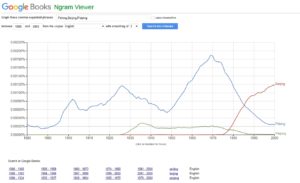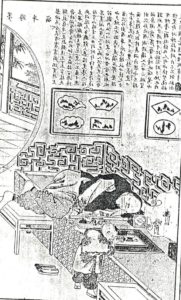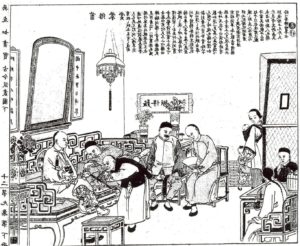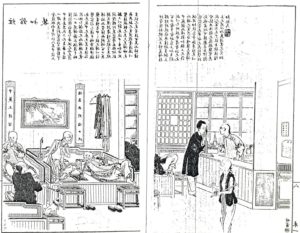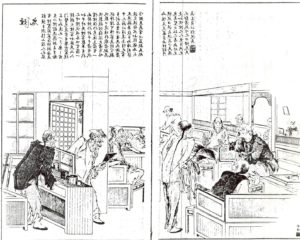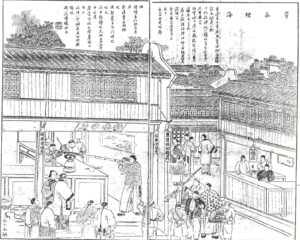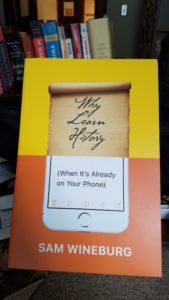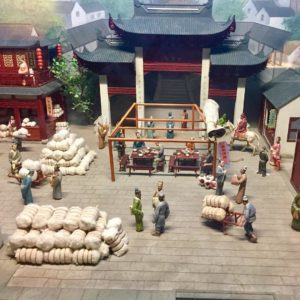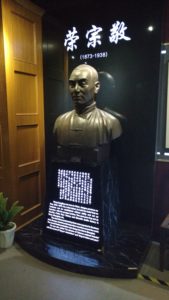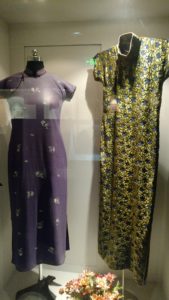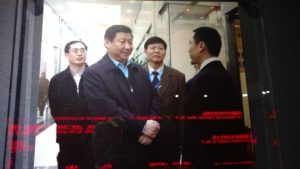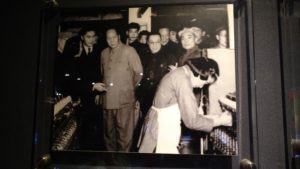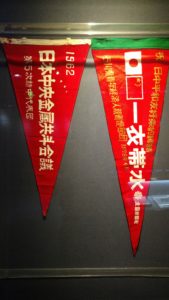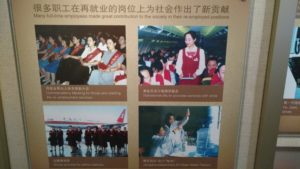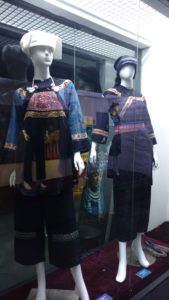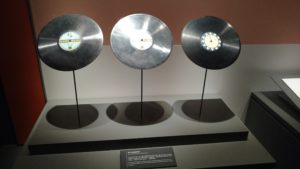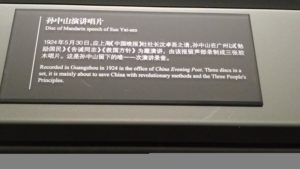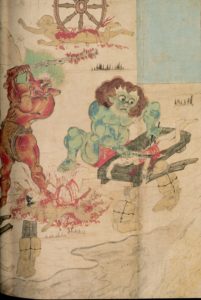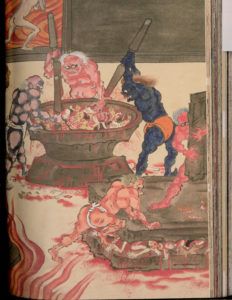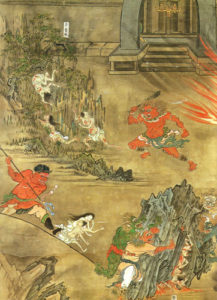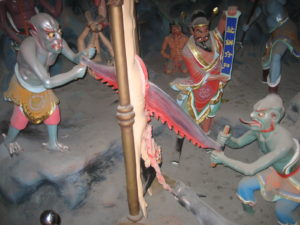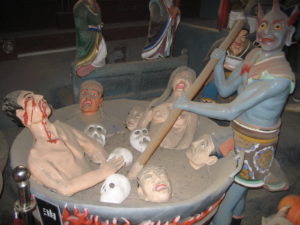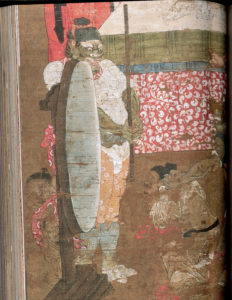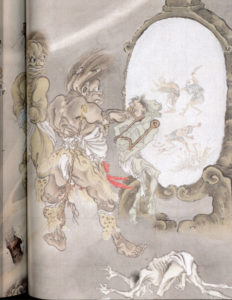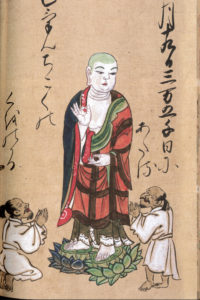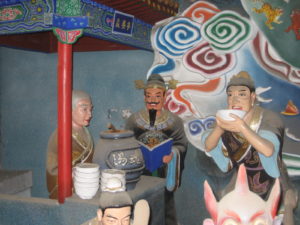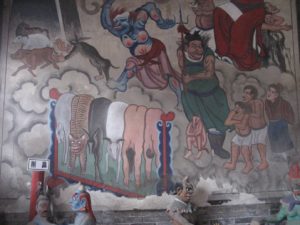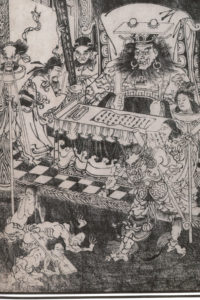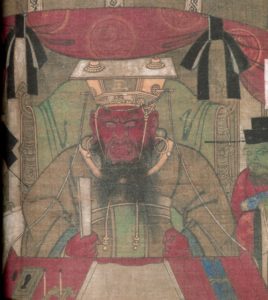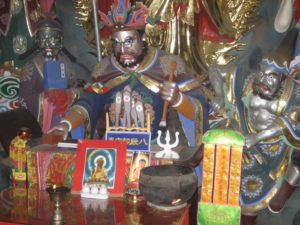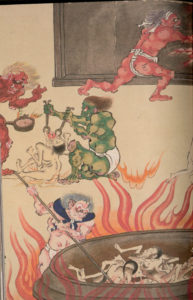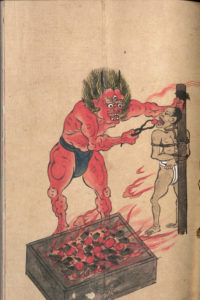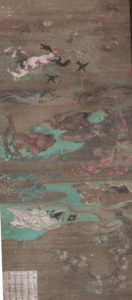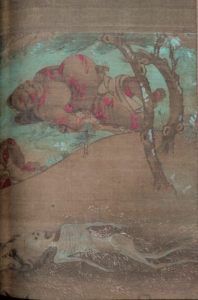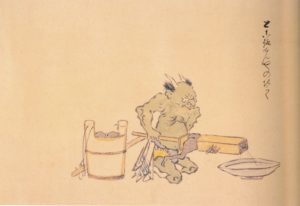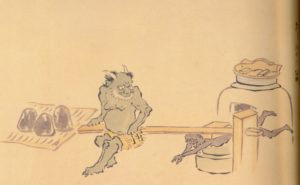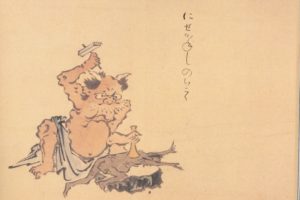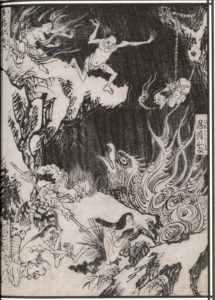So, as is our tradition, a bit about what I will be doing in my classes in the Fall. As is also tradition, I am doing this way too late to incorporate any of your useful advice, but if you have any feel free to post it.
I have three classes this semester, once you take off my one course release for being Asian Studies coordinator. HIST 198 Rise of Modern Asia, HIST 206 History of East Asia, HIST 332 History of Early China
HIST 332 Early China
China from Anyang to Tang. Mostly aimed at History and Asian Studies students, although given the topic and how I teach it I try to get some Philosophy and Religious Studies kids as well.
I am starting this in a new way, which seems to work a bit, as far as I can tell. I have them read a textbook section on the whole period and come up with some ID terms from it. The idea is that in a US history class they are pretty sure that the Civil War is coming, but they will get more out of an Early China class if we do a quick run through first.
The main books are1 Lewis’s Sanctioned Violence, which I like to use here. If you want a book that will take them from the Spring and Autumn to the Han in a sinologically impressive and clear way, this is it.
I am trying the short Huainanzi this time as a way of summing up all that philosophy, and giving us a bit of Han synthesis. We will see how it works.
The Mollier Buddhism and Taoism book is new. Teiser’s Ghost Festival is the only other book I have found to work here. This may be a bit beyond them, but I have high hopes.
HIST 206 History of East Asia
Rice Paddies, yeah! This is a class a lot of our Asian Studies majors take. Since it counts for a number of things as an elective it gets a certain number of non-majors. Still pretty much the same class. Mostly chronological, but also pretty thematic. Thus, I start the class with explaining the Shang dynasty, but also the Chinese/East Asian family system through time. No textbook since I am not trying to cover everything and if I am going to try to cajole them into reading something it should be something that will stick longer than a textbook. So what are the books?
Zhuangzi is back, although I have had mixed success with it. I would like to find a good way to introduce this to students, since one of the themes of the book is how to find your way in a bureaucratic world. How do you introduce this text, and when do you do it?2 Lots of kids find it too weird.
Sarashina Diary is the middle book. This is always a problem, and I have never solved it. You need a good, undergrad-friendly book somewhere between the required classical philosophy book and the modern books.3 It does the whole literary culture thing, and is shorter than Sei Shonagon, which I have given up on, since no matter how much I like it they all hate it.4 Sarashina is also a Japan book, which makes it better here than Waley’s Monkey, which I have also tried here. None of the warrior books seem to work.
Also, what would be a good Korea book? I am old enough that I remember when East Asia meant China and Japan, but now lots of students want Korea. I’m cool with that, and have tossed in a lot of short readings, but a good Korea book that works in a broad context would be great.
Fukuzawa is probably stuck here. A samurai who becomes a modernizer after going through a phase as a party-loving student? Many of them find it too long, but I can’t really think of anything to use it its place.
For the final book I tend to go with a Cultural Revolution book, since there are so many good ones. This is despite the fact that they are a bit tricky to fit in at the end. Spider Eaters is the current choice, although I have tried others. Liang Heng is a bit more accessible.
HIST 198 Explorations in Global History
This is our liberal studies class for non-majors. We are pretty free to pick topics for this. Mine is the Rise of Modern Asia, which does Asia from India to Japan from the Sepoy Rebellion to the present. The main books are still Gosh The Glass Palace, a nice historical fiction novel that traces an Asian business dynasty from about the 1880s to WWII. I am happy with this and will keep it. The next book is Guha Makers of Modern Asia, a collection of biographies of major political leaders. Guha is ok. I like the idea of working through modern Asia through a series of biographies. There is no way a class like this can cover everything, and short biographies are a good way to touch on lots of things. All of these are biographies of top political leaders, which is unfortunate. I have started adding in a few other short bios of non-politicians, but I could really use something like the Human Tradition in Modern Asia, which of course has not been published.
I am probably not teaching this class again in the Spring, but may teach in in the Fall. I was thinking of dropping Guha and using Ghosh, parts of Cochran’s the Lius of Shanghai and a magna about modern Japanese business. All I can think of for that is Salaryman Kintarō. Is there something better?

